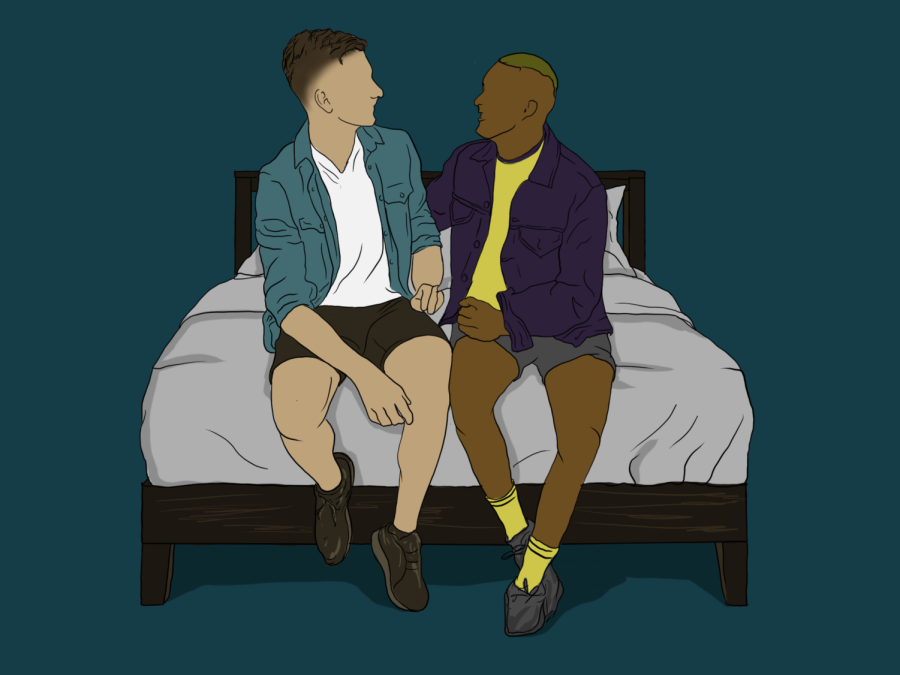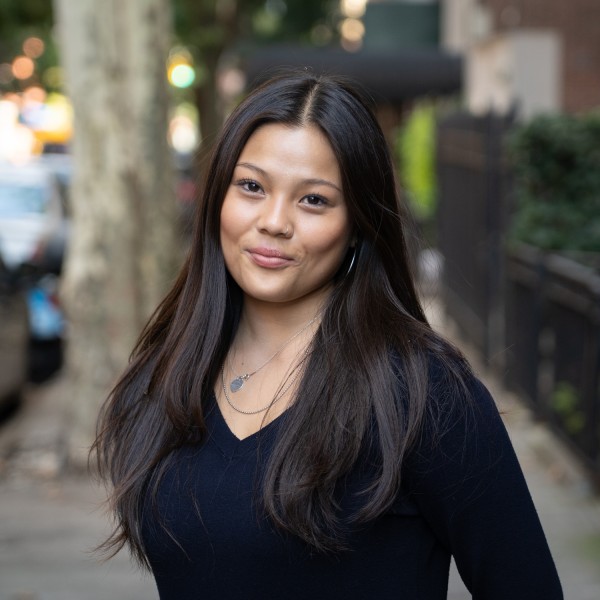“I just like … don’t really care about the feelings of others because like … they’re not me?” read a quote posted on Feb. 9 by @nyuchicks, a campus culture meme account on Instagram. Part of a thread titled “Wildest things NYU guys have said,” the post elicits a chuckle at a self-serving cisgender male and a sigh at the dating culture on campus — full of disappointing hookups and one-sided “situationships.”
This feeling is captured by the phrase “heteropessimism,” referenced by Christine Emba in her essay, “Straight People Need Better Rules for Sex.” Originally coined by writer Asa Seresin, the phrase refers to feelings of regret, embarrassment and hopelessness that often come with being heterosexual.
Emba’s essay criticizes the blind celebration of sexual brazenness, masked by liberation — which twists the arms of consent. In particular, the women Emba interviewed described their sexual experiences vividly, detailing encounters that ended in surprising and discomforting acts — many times based on violent, pornography-related imagery. Emba writes, “After all, if consent is given (and it often is), there are no grounds left for protest.”
We’re unable to acknowledge the need for an agreed-upon sexual code and standard after initial consent. Emba concludes her essay by encouraging the establishment of additional rules that both acknowledge the full responsibility of consent and rectify our sexual experiences.
But still, the imposition of more rules just doesn’t feel like a relevant solution considering the individual, contextual nature of sexual paradigms. More limitations might even hinder our cause, implying that sex can only start where our unmoving boundaries end. Perhaps viewing how we understand consent through a new lens can be a helpful first step
In many queer contexts, the vocabulary of sex changes. Words like “boundaries” and “finishing” are not as relied upon or set in stone. The practice of open, ongoing consent often looks different for queer couples, according to Rachel Lotus, who runs The Talk NYC, a collective of sex educators.
“We don’t have the same formulaic idea about queer sexual experiences like we do for heterosexual couples,” she said, referring to the surplus of pornography that many people are exposed to before they even know what they’re looking at.
Even the most commonly known sex positions are rife with gendered power dynamics, echoes Juls Xi, a 19-year-old Stern sophomore. For Xi, there isn’t a template of progressive acts that can be taken for granted. Each encounter entails fumbling attempts at communication.
When comparing their casual sexual experiences with those of cisgender and non-binary people, Xi describes differences in the role of consent. “I don’t think straight people understand the full depth of consent,” they said, explaining that they see it as a means to an end — penetration and climax. While the former was rushed, quiet and goal-oriented, the latter was communicative, connective and explorative — here, consent was the key to the door of possibility.
“Consent is almost seen as a barrier to sex for straight couples,” says Natalie Choi, 20, a Gallatin junior. She differentiates this from queer contexts, in which consent acts as more of a guide toward fulfilling intimacy.
“I don’t know if straight sex is an expression of ‘straight pride,’” Choi said, explaining that to her, pride means choosing to be connected to one’s body and sexuality. In her opinion, queer people have more ownership over their sexual experiences, and use consent as a tool. This is also why queer communities are more vocal and intentional about their wants and needs.
Consent in this context is an imperfect and fluid vocabulary. Consent founded on desire and respect is developed from the ground up, layering on itself instead of having to fit a predisposed structure. It stems from a greater appreciation for bodies that have often been invalidated or hypersexualized.
“If you’ve ever questioned your gender identity, you’re going to struggle to be inside your body,” Xi said.
Dismell Gabin, 20, a CAS junior and a student employee at the NYU LGBTQ+ Center, remembers the hyperawareness she developed after coming out. She would think twice about complimenting a female friend’s hair and outfits in case they thought she was coming onto them.
A deeper respect, and empathy for others, both make consent an open channel for communication. As a result, consent received transparently can be extremely connective and, at times, healing.
After taking a course on human sexuality, Gabin learned a theoretical framework that validates the separation between desire, a psychological state, and arousal, a physiological state. The framework further recognizes fluctuations in arousal, seeing it as a factor of inhibition and excitation.
To account for this variability, Gabin and her partner use verbal cues to alert each other to stop. Communication often occurs after the fact as well. If they can’t speak or don’t feel comfortable doing so, non-verbal cues — three taps on a shoulder, for instance — are helpful. Gabin and her partner also regularly engage in retrospective conversations about their sexual experiences in order to improve future dynamics.
“One person in a relationship can see sex as an outlet, and another can see it as a moment to intimately connect with their partner,” she said.
Like Gabin, Choi internalizes how complex and unequal sexual relationships can be. She acknowledges that consent is relevant right from the start of any relationship. Being in an ethical, non-monogamous relationship herself, Choi sympathizes with her heterosexual friends, who are often caught off guard by the imbalanced expectations of their “situationships.”
Cryptic labels often sow the seeds of unethical sexual interactions. But the way Choi openly communicated the boundaries of her relationship status leaves no room for ambiguity: “Are we girlfriend or boyfriend? Can I call you in the middle of the night? Are you gonna come to my father’s birthday?”
Consent also takes on unconventional meanings for Avgi Saketopoulou, a doctor who completed her psychoanalytic training at NYU’s postdoctoral program in psychotherapy and psychoanalysis.
According to Saketopoulou, queer people have always had to experiment outside of what is widely considered acceptable. “This is partly because the world does not make a home for them,” she said. “As such, queer desire is more hospitable to a range of difficulties that heterosexual desire usually cleans out.”
This interpretation of queer desire inspired Saketopoulou’s ideas in her new book, “Sexuality Beyond Consent: Risk, Race, Traumatophilia.” She considers another dimension of consent, which she calls “limit consent.” This consent is not so much about ensuring safety than about negotiating the risks people are willing to take with each other, as well as attending to the risks they take with themselves.
When considering consent, presence is an important word for Saketopoulou, perhaps more so than safety. She says that consent is about remaining in some connection with the other — not as a way of conveying something or protecting yourself, but as a way of stepping into the fray with each other.
It might be time to move past the binaristic consent narratives we’re used to, namely “no means no” — or, more recently, “yes means yes.” Though these have long provided a practical foundation, they’ve fallen behind by tying consent tightly to constraint. Looking toward the queer community and their practices might reveal ways to reorganize these old frameworks and enter freely, or consent to a model in which sexual communication opens the doors of experience, instead of closing them.



























































































































































